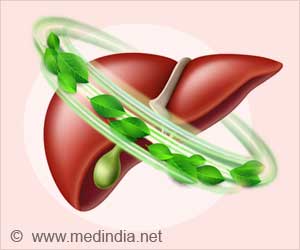Body mass index (BMI), which is the ratio of height and weight, has been in use to depict the clinical weight of patients. A lower BMI is associated with a lesser weight and a leaner person as against a high BMI, which is associated with obesity and its allied health risks.
But the BMI has come under scrutiny lately, and other techniques that measure how the weight is distributed on the body are thought to provide a better way to assess risk. Now a study in mice by scientists at The Jackson Laboratory indicates that the usefulness of the BMI is suspect even at the genetic level.In research published in PLoS Genetics, the investigators from Jackson and the J.L. Pettis VA Medical Center and led by Dr. Gary Churchill of Jackson used a combination of computational, molecular and genetic tools to identify locations on the mouse genome that influence adiposity (amount of body fat), overall body size and bone structure. Applying an analytical technique called "structural equation modeling" to the genetic and physical characteristics of mouse inbred crosses, the scientists went beyond the one-gene, one-trait approach to reveal the networks of effects created by the influence of multiple genes.
"We found that the genetic network affecting adiposity is separate from that affecting overall body size," Churchill says, "providing strong evidence that a high weight is not necessarily directly associated with a high percentage of fat."
At the clinical level, the research suggests that more refined measurements are needed to distinguish individuals with a large body mass from those who are truly obese and consequently at high risk for diabetes, heart disease and other disorders.
Churchill and colleagues at Jackson recently received a 5-year, $15.1 million National Institute of General Medical Sciences grant to form an interdisciplinary Center for Genome Dynamics to study complex biomedical problems. "The most common diseases and health disorders, including obesity as well as heart disease, diabetes and cancer, result from an interaction of multiple genes and environmental factors that add up to a dauntingly complex mix of variables," Churchill says. "We're working to unravel those factors to lay the groundwork for improved treatments."
Source : Eureka Alert
Advertisement











